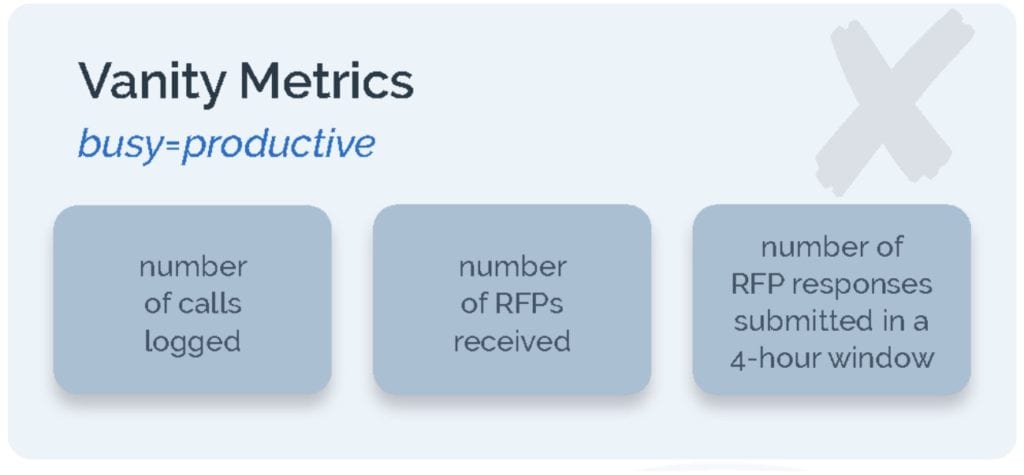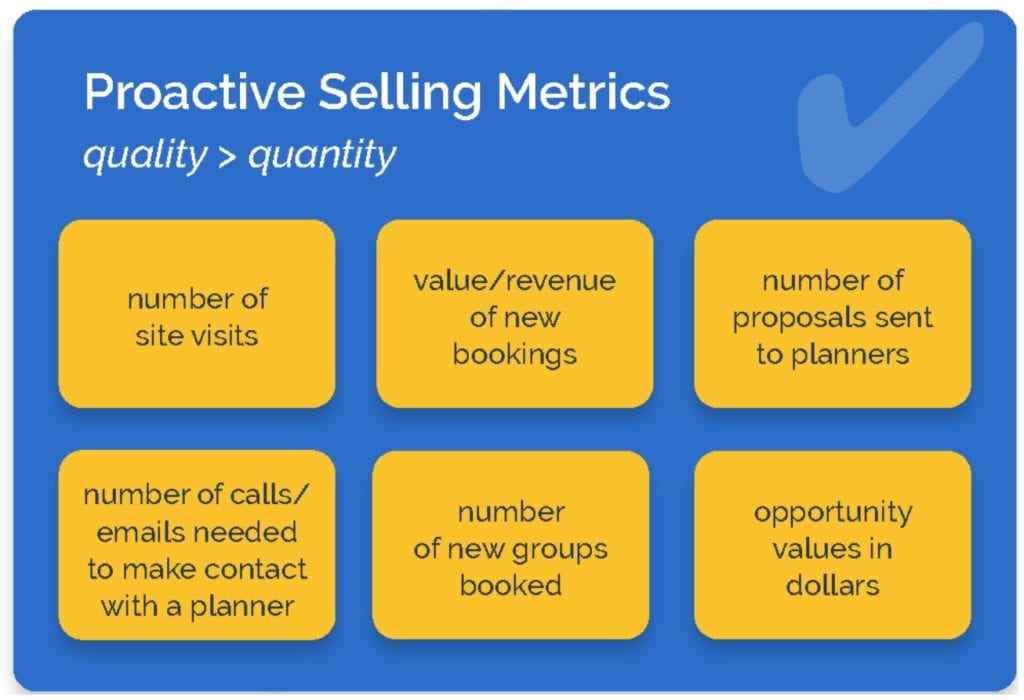By Seth Kekessie
The year has begun and you have your revenue targets in place. So how are you going to achieve them and how much will group sales factor into that equation? With supply outpacing demand in many markets, smart hotels are ”grouping-up.” This means they are relying more heavily on their influence over group by selling directly to planners, bypassing costly third-party channels, to meet those revenue targets. If you are doing the same, read on.
With a greater emphasis on selling direct in 2020 and beyond, you need to ensure you are measuring your group sales team effectively. Unfortunately, the industry has been led by the likes of Cvent to use hallow vanity metrics to do this.
What are vanity metrics? Vanity metrics are measurements and calculations that are designed to be impressive as opposed to actionable or relevant to core business goals such as revenue and operating profits. For the past decade, the hospitality industry has been using vanity metrics like these to report on group sales effectiveness:

Being busy with activity does not always yield productivity. Metrics of activity volume have a place. After all, if you don’t make the calls, you won’t hit the numbers; however, if you don’t temper those activities with results, are you really measuring the right metrics? You need to be able to relate activity to results.
As we commence a new decade and a new way of selling group, shouldn’t our metrics also evolve? To better understand your productivity measurements you should use for your group sales team, you must first unpack how proactively your team sells group today:
- Is the sales team using relevant data to prioritize prospects based on both past behavior and fit for your property?
- Are they fishing for opportunities outside their “local pond” or traditional comp set?
- Are they looking outside their immediate market for groups that move around and not bound to a location?
- Are they using past booking behavior to formulate relevant emails and call scripts to get the planner’s attention?
- Are they customizing their outreach by leveraging past booking details to show relevancy?
- Have you created the space for proactive selling? E.g. reduced meetings, reporting, or other time-hogs to allow staff to incorporate proactive selling as a matter of course?
- Is the team held accountable to an outbound weekly call schedule based on well-qualified prospects and not just cold-calling?
Getting answers to these questions will help you determine which metrics to tweak for greater productivity and performance. Your top group sales metrics might look similar to these below:

Additionally, make sure your sales goals are achievable and rewarded fairly. Have a baseline for each source of business (inbound, outbound, repeat), and track how your hotels measure against them. Don’t sacrifice fairness for uniformity just because it is easier to measure. It may lead to unwanted behavior to “make the numbers at any cost.”
Vanity metrics can catch up to you, especially if those numbers do not generate productivity. There are ways to tell a story with vanity metrics to make valid points, but if these metrics ultimately do not translate into sales, then you are either incentivizing the wrong behavior, not measuring the right behavior, or both. Unlike vanity metrics, productivity metrics link directly to business success and speak to customer behavior.
With your top group sales metrics in hand, here are more tips on developing a strong sales team to ensure you are on pace for hitting your annual revenue goals – Check out our on-demand webcast, How to Create Winning Sales Teams in Any Economy.
